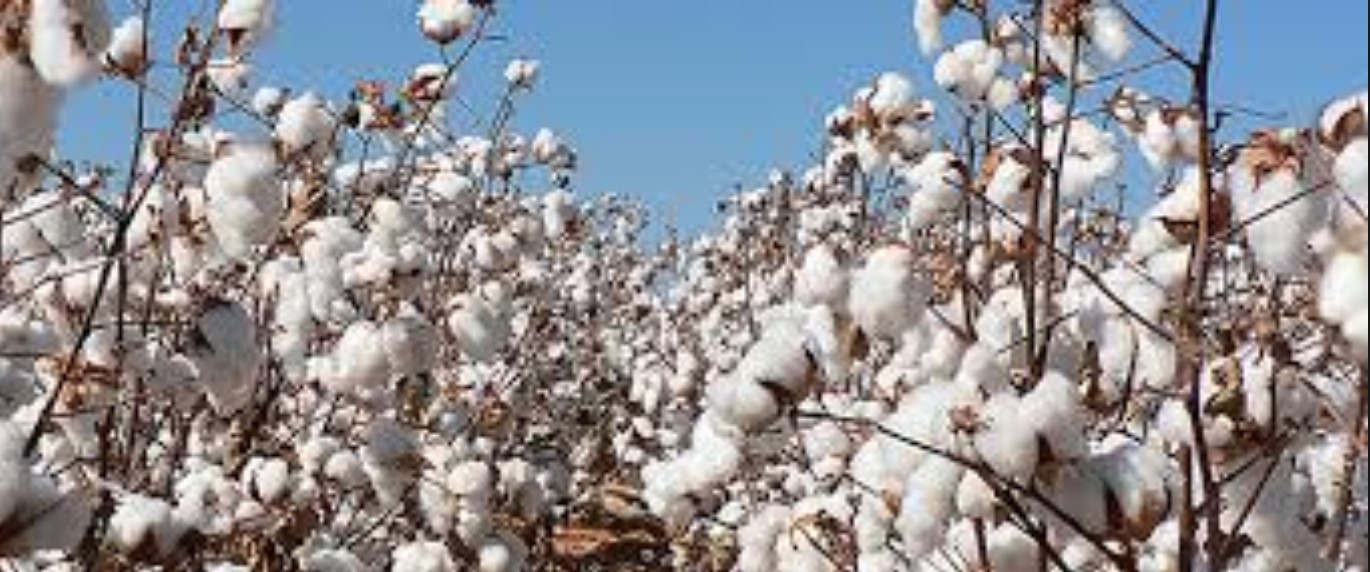Fibre is a long, thin thread of material. Fibre is a hairlike strand of material. It is a highly extended substance with its width at least 100 times longer than it is wide. Fibre is the tiniest visible unit of any textile product. Fibres are adjustable and may be turned into yarn and made into fabrics.
Fibres are generally occurring in both plants and animals. More than half of the fibres produced as natural fibres. Natural fibres are covered with cotton, hair, fur, silk, and wool.
In this post, we will analyze some popular fibre crops and natural fibres based on animals.
Cultivation Of Fibre Crops
Cultivation is the process of loosening and breaking up the soil. The soil around plants is ploughed by hand using a hoe or by tractor using a cultivator to destroy weeds and increase growth by increasing soil aeration and water infiltration. A harrow or plough cultivates soil being prepared for the planting of a crop. Most farmers prefer Swaraj Tractor to attach the implements for better farm’s productivity.
The significant moves for crop cultivation include preparation of soil, sowing seeds, adding manure and fertilizers, irrigation, harvesting and storage. For this complete process, farmers need a robust and efficient tractor for their farms. In view of this, farmers mainly prefer VST Shakti Tractor, which gives them a complete satisfaction and lives up to their expectation.
Fibre Crops
Here are some popular fibre crops which are very common amongst us.
1. Cotton
Cotton grows in balls that form around the plant seeds. Cotton is the natural textile fibre most extensively used worldwide, and it is undoubtedly the main lead in the global textile industry.
It is a popular fibre and generally used in the fashion industry, both in flat fabrics and woven clothing items and household textile products. In addition, cotton has a good combination with other natural and synthetic fibres, such as rayon, polyester, spandex, etc.
Cotton fabrics are comfortable, very soft, have the capacity of good heat conduction and absorbency. These characteristics make perfect garments for close contact with skin, both in spring-summer and fall-winter seasons.
Certified organic cotton offers efficient and sustainable use of natural resources avoiding synthetic or chemical pesticides and genetically altered seeds.
2. Jute
Jute is collected from the stem of a plant, and it is effortless to grow and harvest. In addition, jute is one of the cheapest fibres to produce and second production volume worldwide after cotton.
This fibre is also known as “golden fiber” because of its glow and shine. It is one of the most potent plant-based natural fibres. Jute is used as additional material in textile and footwear manufacturing and household textiles.
3. Coir
Coir is a short, thick and dry fibre obtained from coconut shells. There are two types of coir: brown fibre, ripe coconuts, and thin white fibre, which comes from green, unripe coconut shells.
The white variety of coir fibre is used to make rope and marine elements resistant to water. Brown fibre is used to produce household textile items and also for the automotive industry.
Popular Animal – Based Fibres
There are many popular animal – based fibres, which we heard about and used.
1. Angora
Angora is a natural animal-based fibre that originates from the Angora rabbit. It is silky, thin and soft. This “ultra-silky” white hair of Angora rabbit is known as hollow fibre, classified as wool. The nature of hair is light, with excellent water absorption and quick dry.
It is very much light but very warm. Angora is used mainly to make woolen clothes such as pullovers, vests, sweaters and fashion accessories for the winter season. Flat fabrics with angora are used to manufacture warm garments. Angora is mixed with wool to create higher thickness and elasticity in the material, especially for suits and blazers. It also used to make high-quality, rich and luxurious garments.
2. Cashmere
A prevalent and common animal-based fibre, which we pick many times as a tremendous woollen cloth.
Cashmere comes from the Kashmir goat, an inhabitant of the Himalayas.
Cashmere is a precious, costly and particular fibre. It is incredibly soft and has excellent thermal qualities; cashmere is used to manufacture exclusive sweaters and warm clothes. The well-known “pashmina” is a type of cashmere used in shawls and scarves in Kashmir Valley. In addition, more strong cashmere manufactures high-quality rugs and carpets.
3. Silk
As we know, silk is “the queen of fabrics”.
Silk is a protein fibre created by the silkworm. At the time of Feeding on mulberry leaves, the worm has liquid silk that once set forms the thread to build its cocoon. Once the worm is dead, heat or radiation softens the stiff fibres and unrolls them. These individual fibres are later weaved into one single fibre to form the silk yarn.
Silk is a lightweight, glistening and soft fibre. It is highly resistant with no elasticity. Silk is a very shining fabric because of the fibre’s triangular prism structure, which causes garments made of this fabric to refract light into various angles.
Naturally, silk is used in the high-quality textile industry to produce elegant accessories and luxurious Haute couture garments.
We hope you like this information and find it interesting. For more information about other crops, agriculture and technologies, stay connected with TractorGuru.



